Hands-On with Apple AirPods Pro 2
- Paul Thurrott
- Mar 28, 2024
-
21
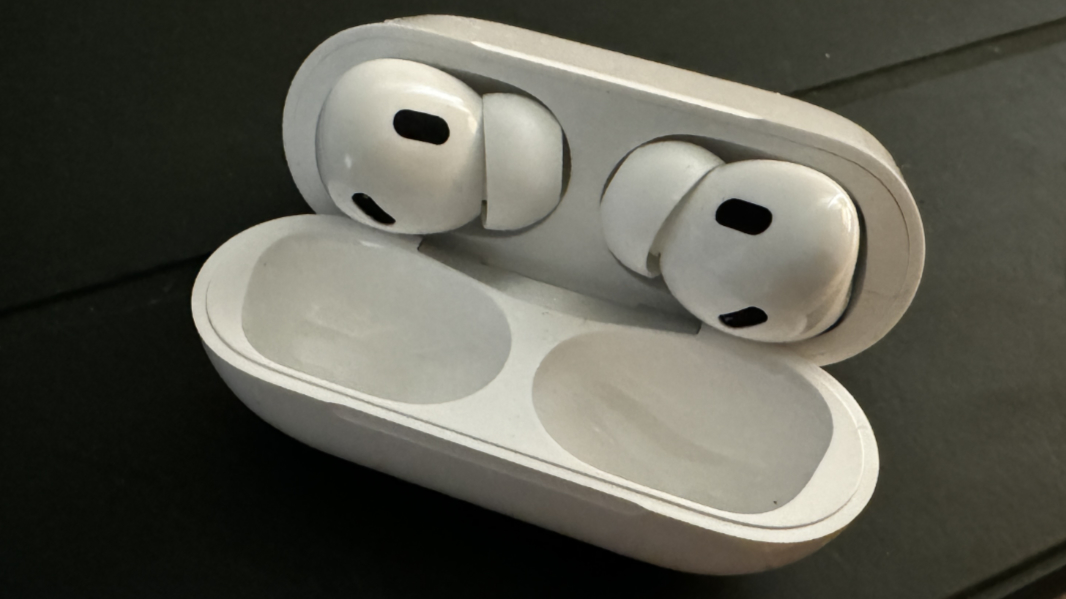
Apple released its AirPods Pro 2 way back in September 2022, so I hope you weren’t waiting for my review. Kidding, of course, but I ended up grabbing a set recently on sale, and given my many experiences with the Google Pixel Buds Pro and its predecessors, and my recent foray deeper into Cupertino with the M3 MacBook Air, I felt that a quick overview was warranted.
To be clear, ear buds are tough: Because everyone’s ears are different, a pair that work well for one person won’t necessarily work well for others. And I’ve experienced this issue first hand, many times, including with top-rated earbuds recommended by The Wirecutter and others. I purchased Bose QuietComfort Earbuds II last year and handed them off to my wife because they wouldn’t stay in my ears, and I tried with Pixel Buds Pro twice, most recently buying third-party foam ear tips in the hope that they might solve the problem. They did not.
Windows Intelligence In Your Inbox
Sign up for our new free newsletter to get three time-saving tips each Friday — and get free copies of Paul Thurrott's Windows 11 and Windows 10 Field Guides (normally $9.99) as a special welcome gift!
"*" indicates required fields
Getting earbuds to just stay in your ears is obviously job one. But after that basic need is met, I’m most concerned with sound and ANC (active noise cancellation) quality. And honestly, I’m not sure which is more important. I try to get to the gym at least three or four days each week, and that place is loud. And not just with the music unnecessarily blaring over the sound system: The classes held in the room next to where I work out can be even louder, and they will sometimes crack the doors wide open when it’s too hot, flooding the gym with even more noise. That sucks. But it’s also the perfect environment for testing ANC.
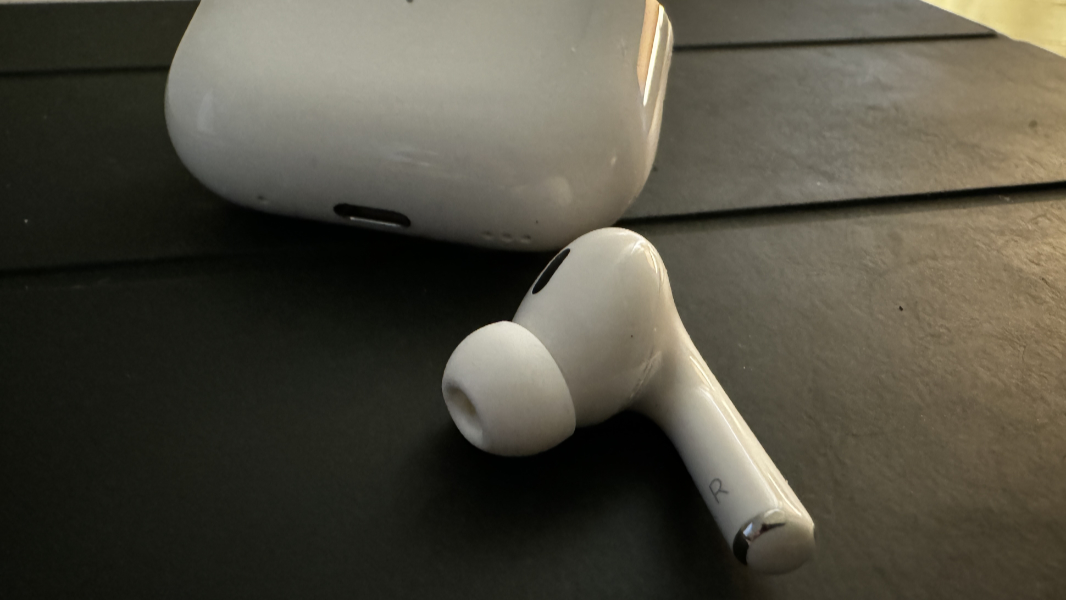
Before the AirPods Pro 2, my OG Bose QuietComfort Earbuds were the only earbuds that overcame this challenge. Their successor, as noted, didn’t fit well, but the ANC also wasn’t as good, a fact I confirmed on a set of flights to and from Mexico City. The Pixel Buds Pro, meanwhile, were a complete non-starter. It was as if they didn’t even support ANC.
I wasn’t expecting much from the AirPods Pro 2, in part because the reviews I read before I pulled the trigger were all over the map. Some claimed they provided the best ANC the reviewer had ever experienced (I find that suspicious), while others were disappointed and compared them negatively to other earbuds (especially Sony, curiously). But I knew that the gym would settle this debate decisively.
When the AirPods Pro 2 arrived last week, I took them out of the box, admired the small, lightweight carrying case—it’s about as small as that for the Pixel Buds Pro but somehow looks and feels more premium—and popped them in using whatever the default ear tips are. They seemed to fit fine, which was not totally unexpected, as I often end up with the default tips on whatever earbuds I try, even if I have to experiment a bit first.
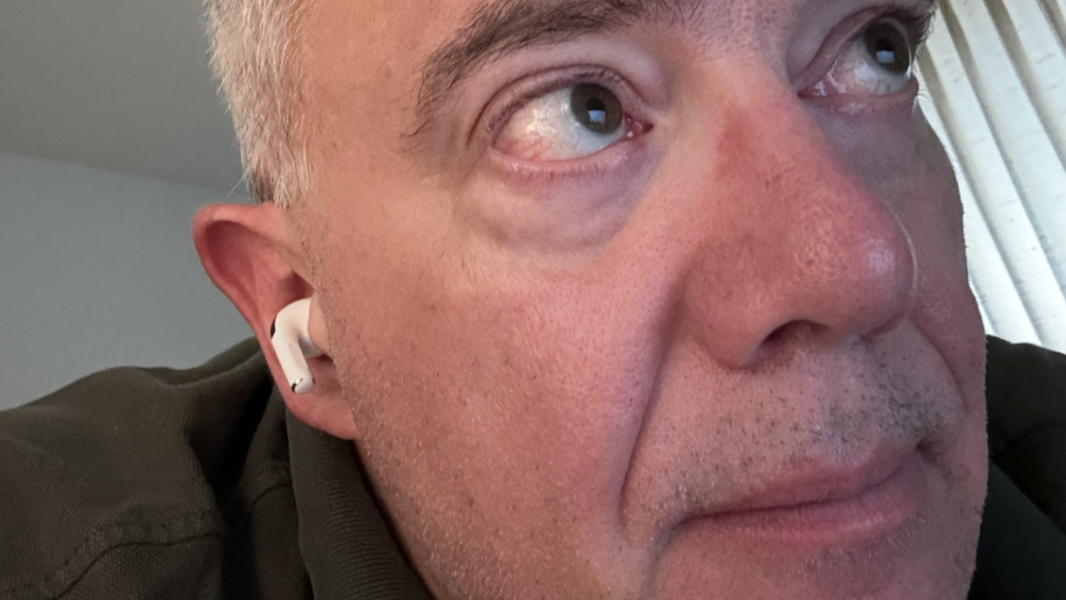
The next step was configuring them for my iPhone. This couldn’t have been easier: I opened the case and a pane slid up from the bottom of the iPhone screen, inviting me to connect them. (Google offers a similar Bluetooth Fast Pair feature for its earbuds.) When connected to the iPhone, a new AirPods Pro entry appears in the iPhone Settings app, under a new “Add AppleCare+ Coverage” entry, as it turns out. Apple is really serious about its Services business.
Like other premium ANC earbuds, the AirPods Pro 2 offer various modes for noise cancellation, transparency (no ANC), and an adaptive mode that tries to intelligently turn off ANC as needed—when you talk, and when others talk to you, for the most part—but the latter is as unreliable as anything else I’ve used. I find the on-earbud controls to be a bit unwieldy so far, but I assume that will improve with time.
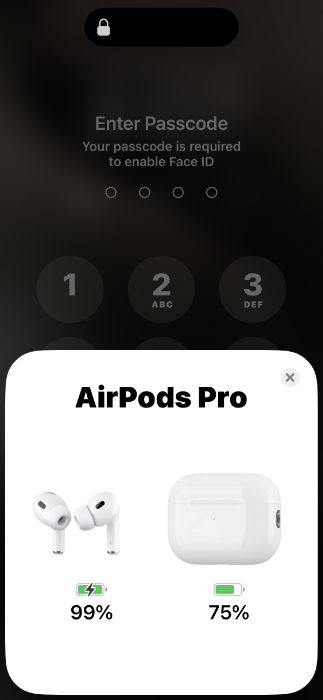
I took a few minutes to configure things the way I prefer, and I set up personalized spatial audio when prompted. I also went through a short ear tip fit test even though it didn’t seem necessary, and I wasn’t surprised that they passed: The seals do feel solid.
And I of course experimented with some music and video-based content to get a feel for the sound quality. I was immediately impressed, though to my knowledge, there’s no EQ or even basic bass/treble configuration, and I’d prefer to at least experiment with customizing it. But so far, its Adaptive EQ, as Apple calls it, is working quite nicely.
I don’t normally look forward to going to the gym, but the next day was a bit different, as I was curious to see how the AirPods Pro 2 held up. My first impression was negative, but not because of ANC: There was something weird going on with the left bud that caused it to have an uncomfortable echo effect, while the other one sounded normal. I was ready to give up, but cycling through the modes by pressing and holding on one of the bud’s stems did the trick: When I returned to full noise cancellation mode (ANC on), the echo was gone.
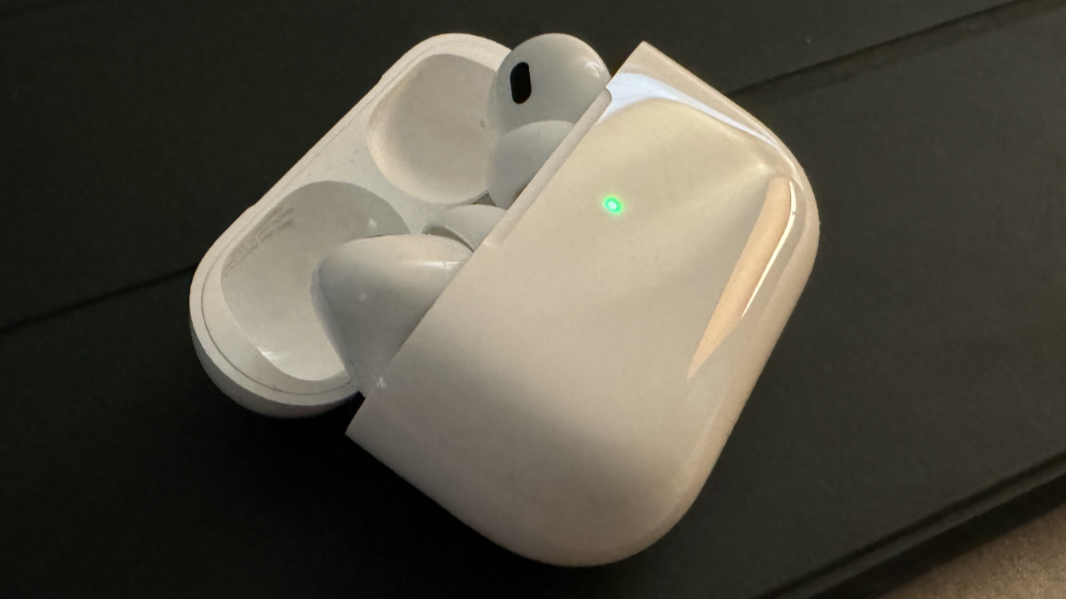
Better still, I felt/heard that familiar ANC effect where the noise surrounding me disappeared. Not completely—I could still hear a vague backbeat from the gym’s sound system—but similar to what I get with the Bose earbuds. Could it be?
I’ve not tested the two side-by-side at the gym—it’s tedious to do this, though I probably should—but the AirPods Pro 2 are close enough that it may not matter. These are the first non-Bose earbuds I’ve tried to survive the gym test with flying colors. This was unexpected.
As part of my testing of Continuity and other cross-device Apple ecosystem features, I was curious what I’d need to do to use the AirPods Pro 2 with my MacBook Air as well. After all, most premium earbuds support some form of multi-device functionality, the more seamless the better. Here, I’m still curious, as I did nothing. But the AirPods Pro 2 immediately worked just fine with the MacBook Air, and they even display a nice system menu-based interface for controlling its most-used features. Switching is seamless. If I pick up my iPhone and begin playback in any app, the earbuds switch to that source immediately, with a quick pop-up notification explained the move. Ditto for when I switch back to the Mac, though in this case, the Dynamic Island on the iPhone reports that the AirPods have moved to the Mac. This is as seamless as this kind of functionality can be. It’s nicely done.
Whether spatial audio represents a generational shift is a matter of opinion, I guess. My take is that it works more consistently well with modern video content than it does with music, though there are exceptions. But I can say this: Where many of my previous spatial audio experiences amounted to really good stereo, at best, this was the first time when I really felt (or heard) both depth and width in audio playback, very noticeably, and with head tracking support. 6 Underground is a ridiculous movie, but the audio quality is top-notch, and it’s transcendent with the AirPods Pro 2. This sent me off on a quest to find similarly impressive audio experiences, but I had better success on YouTube, go figure. I will keep trying. You know, for science.
Overall, I’m pretty impressed. I’ve now worn the AirPods Pro 2 to the gym a few more times, and they seem solid. And I’m curious to try them on my next flight, whenever that may be.